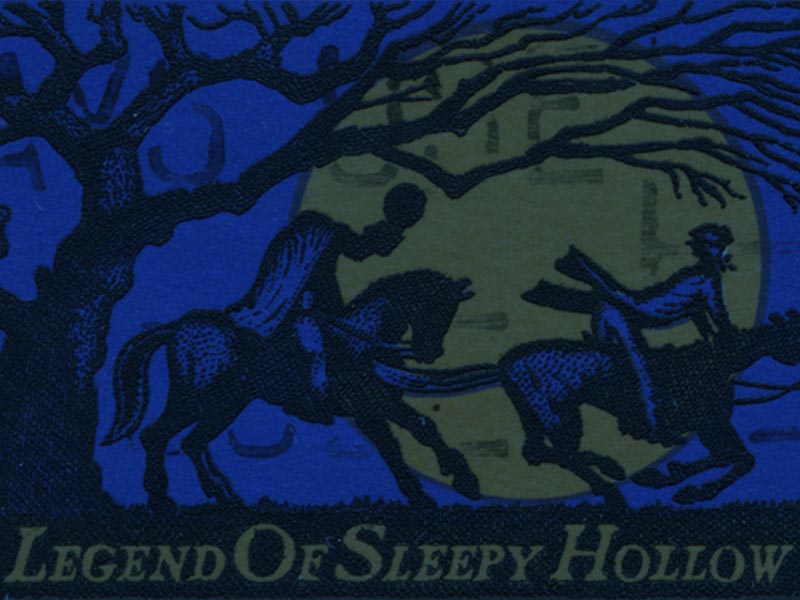The Headless Horseman is a legendary figure primarily associated with Washington Irving’s short story “The Legend of Sleepy Hollow,” published in 1820. The story is set in the fictional village of Sleepy Hollow, near Tarry Town, New York, and follows the tale of Ichabod Crane, a superstitious schoolteacher who encounters the ghost of a Hessian soldier who lost his head during the American Revolutionary War.
The term “Hessian” refers to the German soldiers who were hired by the British to fight during the American Revolutionary War. Many of these soldiers came from the region of Hesse in Germany, which is why they are called Hessians. They were known for their disciplined military training and were often deployed as mercenaries in various conflicts.
In “The Legend of Sleepy Hollow,” the Headless Horseman is described as a Hessian soldier who was killed during a battle. The use of a Hessian as a ghostly figure taps into the fears and animosities of the time, as the American colonies were fighting against British rule, and the presence of foreign mercenaries added to the tension of the conflict.
The Headless Horseman is often depicted as a spectral rider who rides through the woods, seeking his lost head. The story blends elements of American folklore and Gothic horror, exploring themes of fear, jealousy, and the clash between the rational and the supernatural. The Headless Horseman has since become an iconic figure in American culture, representing the enduring allure of ghost stories and the rich tradition of storytelling in the United States.
Related Articles
The History of the Telescope—Unlocking the Universe
The telescope was invented in 1608 by Dutch spectacle-maker Hans Lippershey, but it was Galileo Galilei who made it famous. By pointing his improved telescope toward the night sky, he discovered the...
The History of Stained Glass—Art in Light
Stained glass windows date back to ancient Rome, but they truly flourished in medieval Europe, decorating cathedrals, churches, and castles with vibrant, detailed scenes. Artists used a mix of sand,...
The History of the Compass—Navigating the World
The compass has been guiding travelers for over 1,000 years, first invented by the Chinese during the Han Dynasty (2nd century B.C.). Early compasses were made of lodestone, a naturally magnetized...





